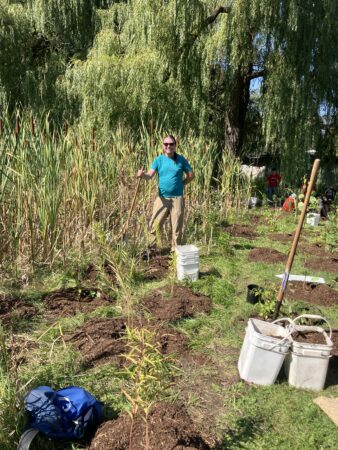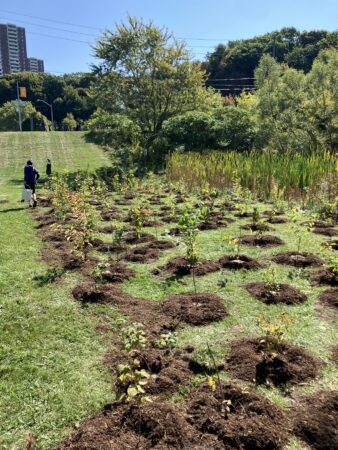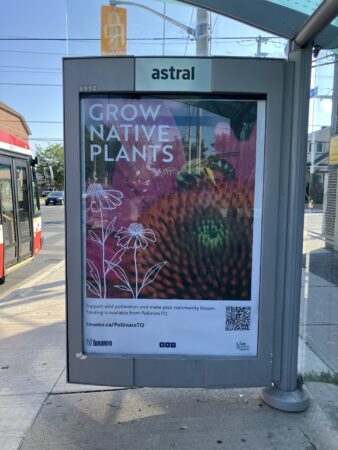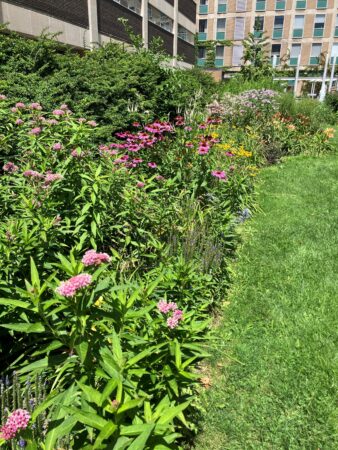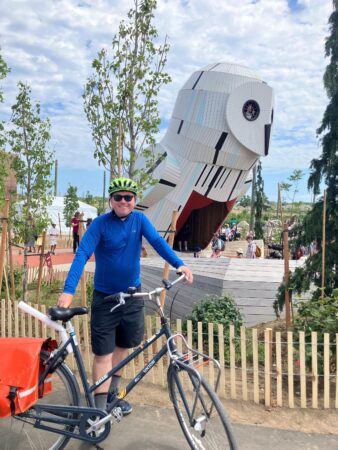I have long considered the opening chapter of Philip Pullman’s The Golden Compass to be a masterful lesson in worldbuilding in speculative fiction. He does a magnificent job of introducing a subtly different alternative world, without ever relying on crude exposition or just telling the reader that some things are different and what they are. The biggest obvious difference with our world — that the people in hers have daemons — is revealed unobtrusively and naturally from the perspective of characters who consider it normal. We learn everything crucial about Lyra’s bond with Pantalaimon just from the character of their conversation in this short timespan.
Yesterday, during a discussion with ChatGPT about Lyra Bellaqua and Sherlock Holmes, I had the assisted realization that what the chapter also achieves, even more importantly, is to establish Lyra’s character through the same method of compelling and unobtrusive narrative storytelling. When we meet her, she is conniving to sneak in to the exclusive Retiring Room for Jordan College scholars, which is forbidden to her, driven by her consuming curiosity about what happens there. Right away, we see that she is inquisitive and bold, willing to defy the rules to learn, and unwilling to defer to stuffy authority. Then, when she observes the Master’s attempt to poison Lord Asriel’s wine, her choice is to intervene: revealing the fundamental moral framework that drives her. Even at a risk to herself, she will make a substantial effort to save someone else, as later revealed at a much grander scale with her Bolvangar rescue.
It is said that all speculative fiction is really a commentary on the present, and Pullman’s is sharp and relevant. The Golden Compass reveals the monstrosities that emerge from the unchecked power of the heartless, and presents selfless individual moral courage as a response. Comfortable and exclusionary systems of power which are free from outside oversight drift into seeing right and wrong in terms of their self-interest, if they even persist with thinking about morality at all. Lyra reminds us that, while it is never safe, we always have the choice to resist and to assert a standard of morality based on respect for the individual and repugnance at their exploitation and sacrifice for outside agendas. The arc of that demonstration all begins with the insight into her mind provided by that opening chapter, and that’s why it stands out as some of the strongest worldbuilding in fiction.



